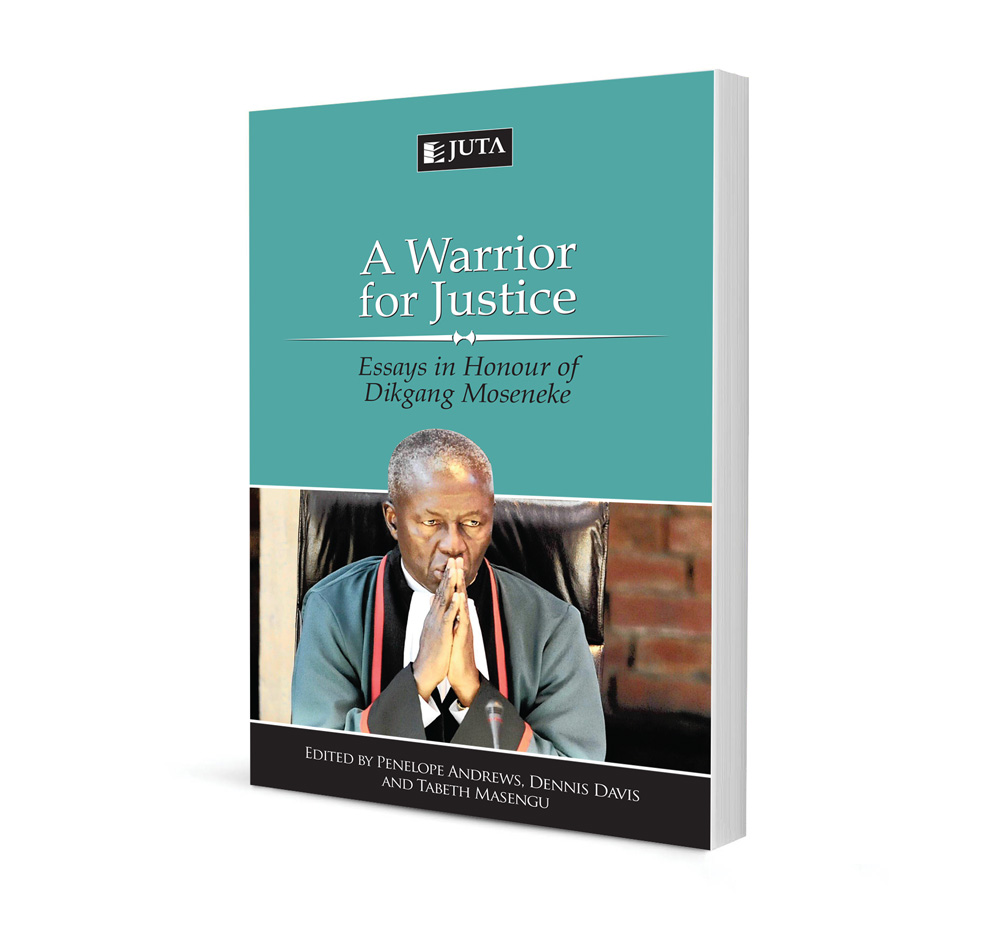Moseneke and Economic Justice

Moseneke and Economic Justice
Authors Judge Fayeeza Kathree-Setiloane
ISSN: 1996-2088
Affiliations: Judge Fayeeza Kathree-Setiloane is a judge of the High Court (Gauteng Local and Provincial Divisions). She acted as a Justice of the Constitutional Court from July to December 2017. In 2015/2017 she acted as a Judge of the Labour Appeal Court (LAC) and, in 2016, she acted as a Judge of the Supreme Court of Appeal
Source: Acta Juridica, 2017, p. 205 – 226
Abstract
Moseneke probes in his memoir: ‘[H]ow, within the discipline of our Constitution, do we collectively reconfigure the social structure of our country? What structural changes to the economy are necessary to create a wider spread of access to productive existing and new assets? Where would the access to the use of land be located in that debate? Closer to home, and crucially, how might the unemployed and poor underclass escape the constraints of capital and management skill and join economic production?’ This paper recounts and celebrates Justice Moseneke’s unique understanding and vision of the transformative project of the Constitution. It then considers his views on the political and economic challenges facing South Africa in achieving economic justice and the role of, and the challenges facing, the judiciary within the framework of transformative constitutionalism. The paper then considers the role that substantive equality, access to productive credit, property ownership, education and support, and land reform play in the attainment of a just economic order. In doing so, it measures the socio-economic circumstances of the poor and vulnerable against the transformative vision of the Constitution and concludes that 20 years on, our constitutional project has failed to meet its core objective of transforming the socio-economic plight of the majority of South Africans. The paper then argues that the fault is not with the Constitution itself, but with a failure of political will and conduct. It cites lack of skills and government support, dead capital, corruption, wasteful expenditure and abuse of power as the foremost contributors to the denial of socio-economic rights to the majority of South Africans. It argues that the Constitution provides the framework, and it is for the state together with an active citizenry to secure these promises.